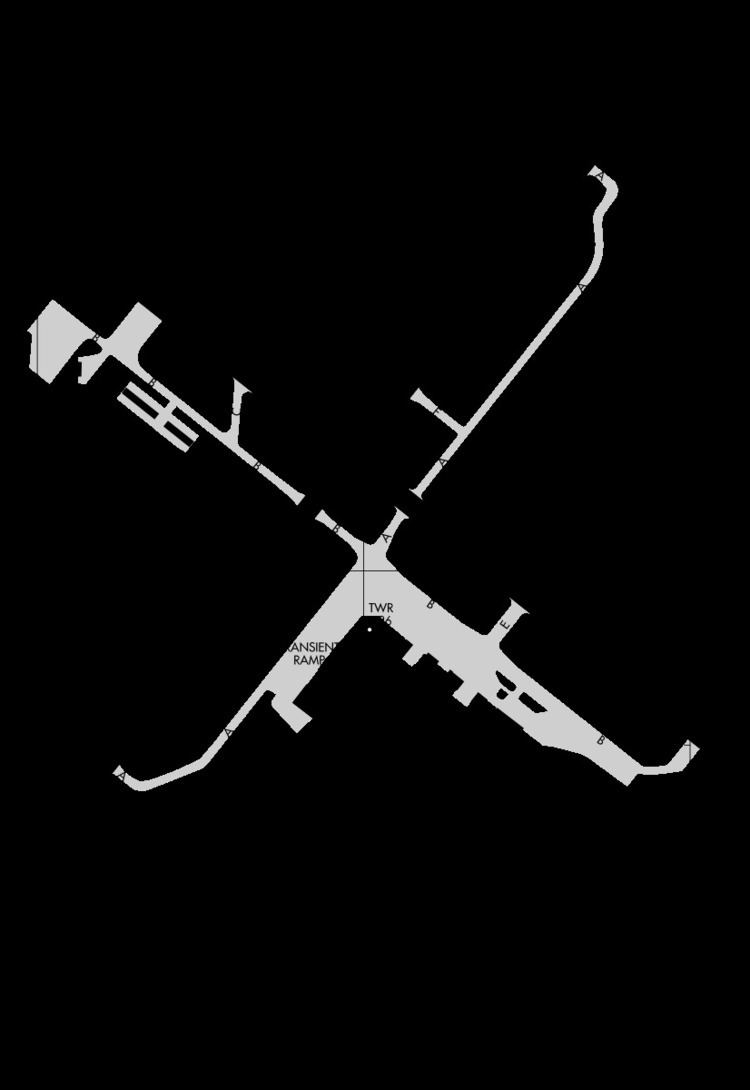Airport type Public Elevation AMSL 80 ft / 24 m 5,400 1,645 Elevation 24 m | Owner City of New Bedford 5/23 5,400 Code EWB Phone +1 508-991-6161 | |
 | ||
Address 1569 Airport Rd, New Bedford, MA 02746, USA | ||
Flight to new bedford regional airport kewb 8 20 15
New Bedford Regional Airport (IATA: EWB, ICAO: KEWB, FAA LID: EWB) is a public airport located two miles (3 km) northwest of the central business district of New Bedford, a city in Bristol County, Massachusetts, United States. This airport is owned by the City of New Bedford.
Contents
- Flight to new bedford regional airport kewb 8 20 15
- new bedford regional airport takes off new bedford government access cable network
- History
- Facilities
- Airport tenants
- Expansion
- References
The airport lies within Class D airspace and has an operating FAA control tower (open during daytime hours). The Acushnet Cedar Swamp borders the airport to the north.
new bedford regional airport takes off new bedford government access cable network
History
New Bedford Regional Airport was constructed between 1940 and 1942 as a commercial airport, but was soon drafted into use for the United States Army Air Corps until the end of World War II as New Bedford Army Airfield. In April 1944, the Navy took over control of the Airport and used it as a training post and naval auxiliary air facility (NAAF New Bedford) to the Naval Air Station Quonset Point in Rhode Island. After the war ended, the airport was converted back into civilian use and has been improved over the years with additional runway lighting and approach guidance systems.
Northeast Airlines, a major east coast carrier, provided frequent scheduled airline service throughout the 1950s and 1960s until it was bought by Delta Air Lines who eventually cut service to New Bedford. In the 1970s, Air New England provided regional service throughout New England and New York until its demise. Following this, Provincetown-Boston Airlines (PBA) was the primary airline at New Bedford until 1989, when it ceased operations at New Bedford. At the peak of the airline's business, 102,880 passengers passed through its facilities in New Bedford.
Facilities
New Bedford Regional Airport covers an area of 847 acres (343 ha) which contains two asphalt runways: 5/23 measuring 5,400 x 150 ft (1,646 x 46 m) and 14/32 measuring 5,000 x 150 ft (1,524 x 46 m).
For 12-month period ending June 1, 2006, the airport had 184,750 aircraft operations, an average of 506 per day: 89% general aviation, 7% military and 3% air taxi. There are 136 aircraft based at this airport: 90% single engine, 7% multi-engine, 3% jet aircraft and 1% ultralight.
Airport tenants
The Cape Air regional airline is the only scheduled airline service available at New Bedford Regional Airport. Cape Air's popular destinations include Martha's Vineyard and Nantucket. In 2003, Cape Air served 41,062 passengers at New Bedford Regional Airport.
The airport has a thriving general aviation community and is served by several FBOs:
The airport is home to the central training facility where flight operations are conducted for Bridgewater State University's Aviation Science program.
Expansion
Over the past ten years, the FAA, the Massachusetts Aeronautics Commission, and the New Bedford Airport Commission proposed an expansion project to develop New Bedford Regional Airport into a regional air cargo facility. The recommended expansion plans included a proposal to extend runway 5-23 to 8,000 ft (2,438 m) from its current length of 5,400 ft (1,646 m). Air cargo carriers require at least 6,000 to 7,000 ft (1,800 to 2,100 m) of runway.
However, despite the economic benefits that a new cargo facility could bring to the area, there is a substantial local opposition. Large cargo jets will create more noise and pollution than the smaller planes that presently utilize the airport, and the runway extension itself could affect 17 to 58 acres (69,000 to 235,000 m²) of wetlands. Safety could also be a concern, with large aircraft following a flight path directly over populated residential areas.
Due to this opposition, in addition to environmental and safety concerns of the FAA that were not fully addressed by the expansion planning, the plan to extend the runway was rejected by the Airport Commission on May 4, 2005. The commission voted instead to implement various safety upgrades which included an added 503 feet of length.
